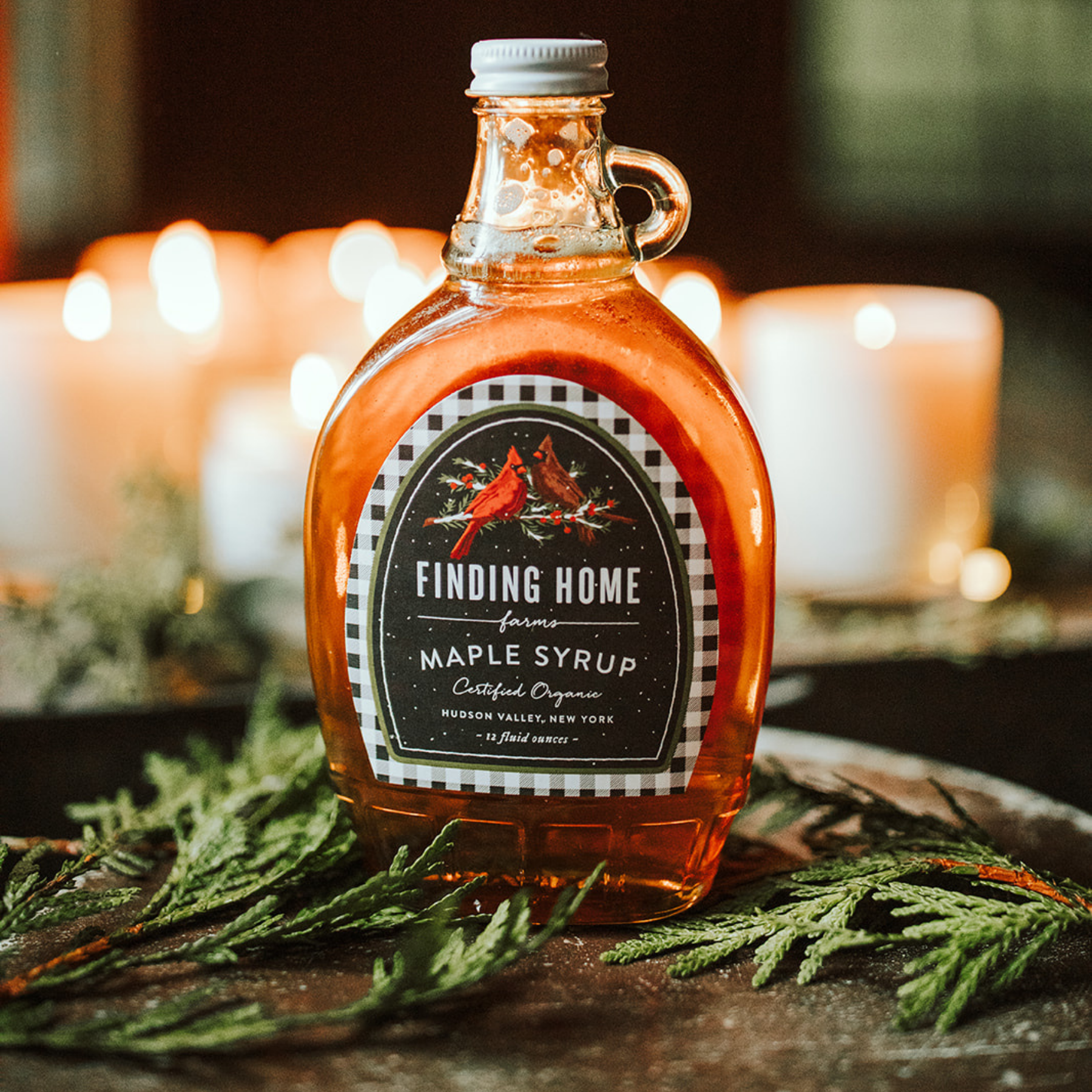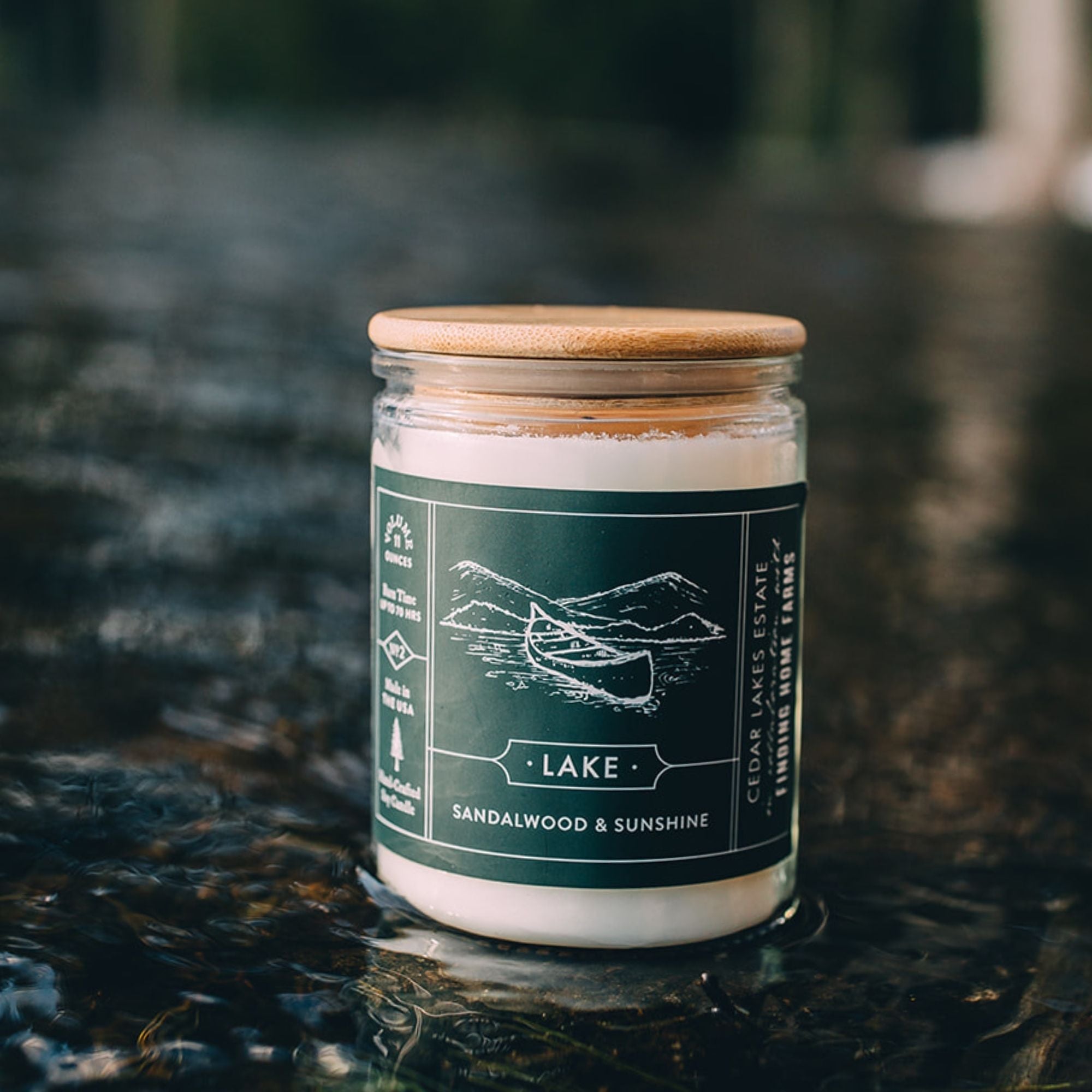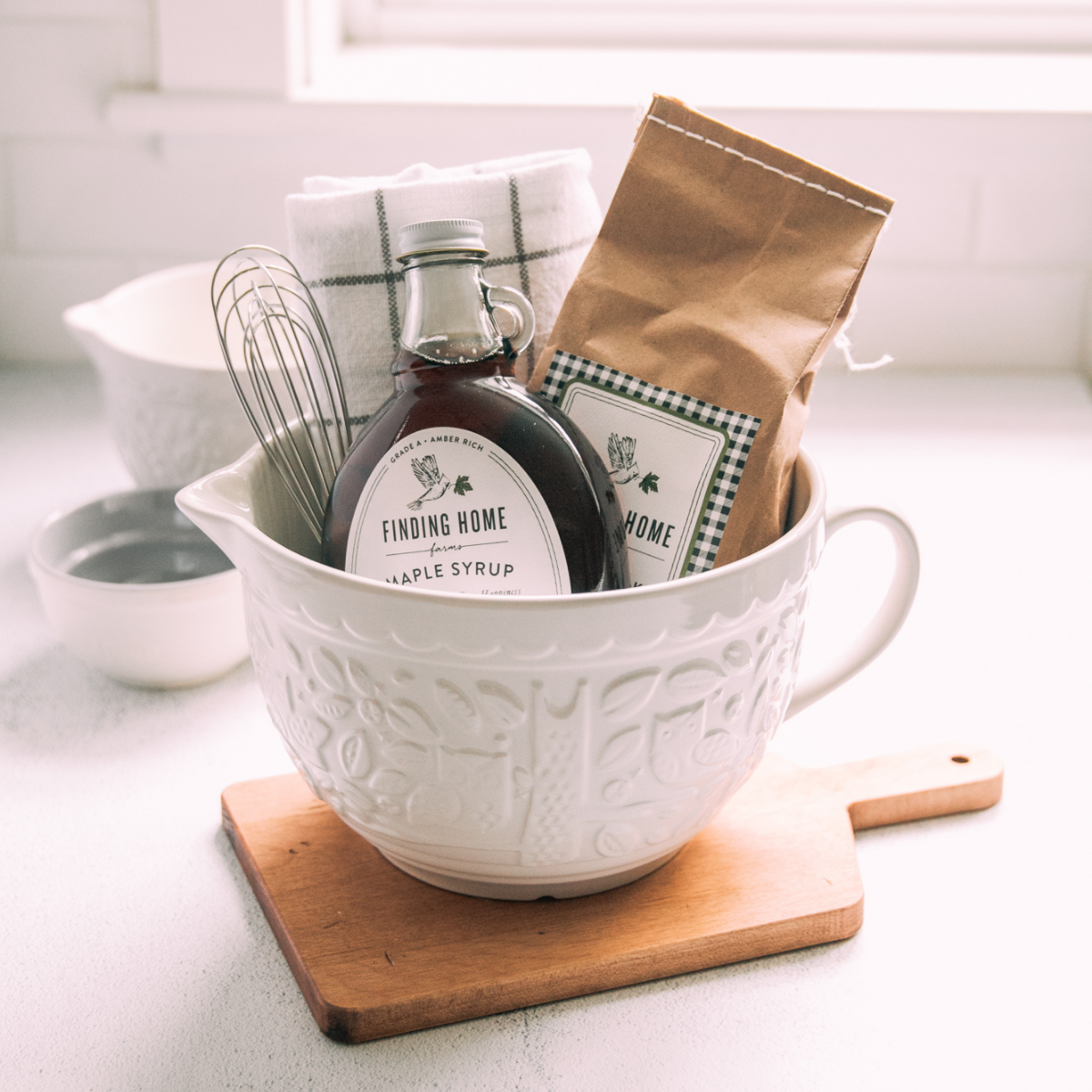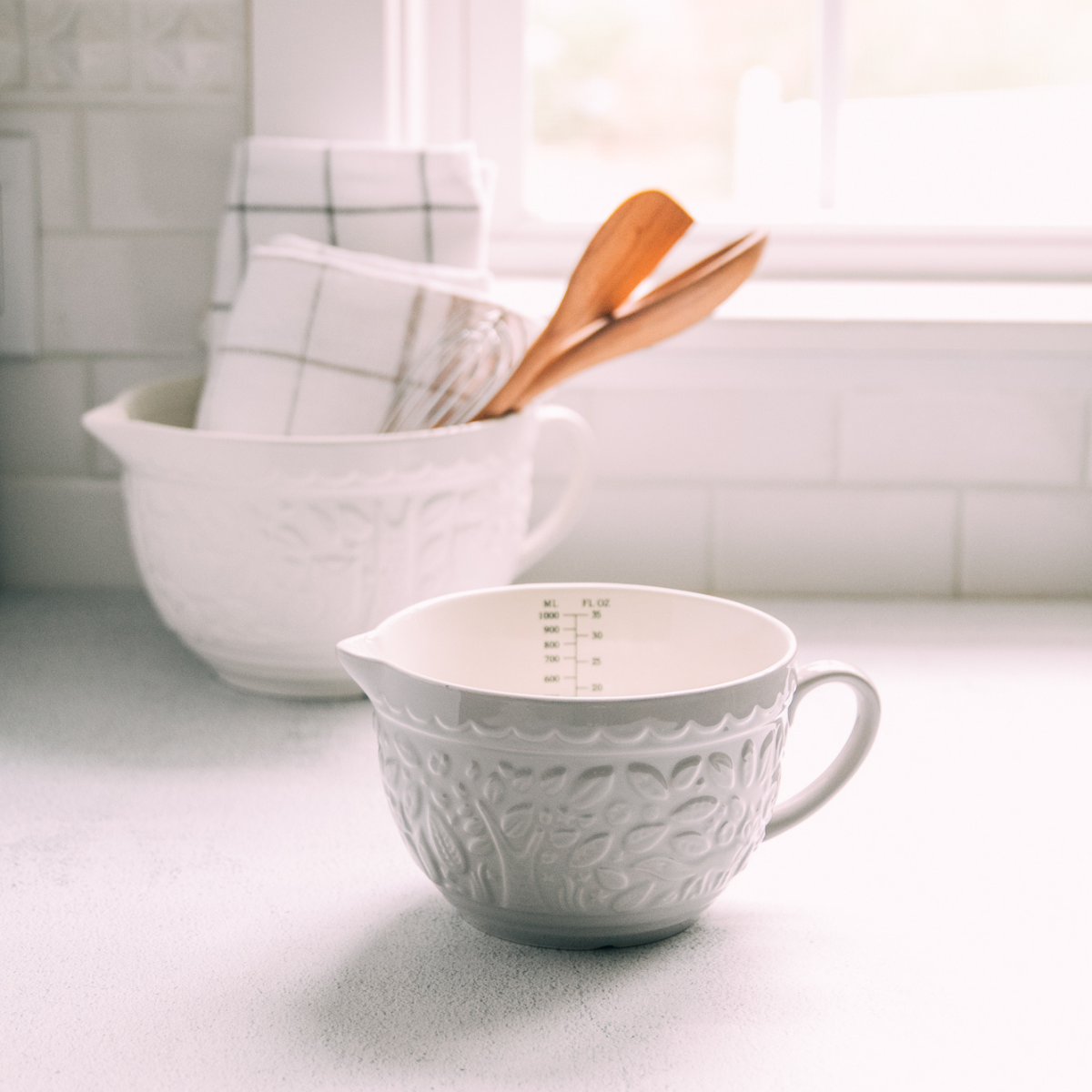10 Tips on How to Hang Almost Anything
I still remember when we lived in our first house – the first project we tackled was improving our closet. I remember Hubby patiently showing me how to find a stud, drill a pilot hole and hang something properly from the wall. It has proved to be as valuable as the typing lessons I took in high school. A girl has got to know how to hang stuff on a wall!
Recently, I shared with you how I went about planning my gallery wall. Today, I am sharing how to hang all different types of items to create a unique gallery wall, or any wall for that matter.

As you can see from the gallery walls I have created, I like to incorporate more than just framed art or canvases.
That requires some creativity in terms of how to hang things.
 Family Room, Dining Room, Guest Bedroom
Family Room, Dining Room, Guest Bedroom
So, here are my tips, tricks ideas – 10 of them – and how to hang everything fabulous on your walls.
1. THE BASICS: HANGING A FRAMED PICTURE THE EASY WAY

Step 1: Position the picture on a wall and mark the top of the frame with a pencil (or chalk). It helps to have an extra set of hands and step back to view if you are not using a template for placement.
Step 2: Using a tape measure, pull the wire on the frame upwards as far as it goes. This will replicate the position when it is hanging on the wall. Record the measurement to the top of the frame.
Step 3: Measure down from the where you left a pencil mark for the top of the frame the distance you just recorded. Make sure that the hook opening (where the wire will sit) is at that mark – not the nail. In this case, I used two picture hooks because it was a large frame. This allows the picture to balance the weight and keep a straight position – avoiding the need to straighten it each time you go by!
Step 4: Erase all pencil (or chalk) marks.
Step 5: Hook your wire onto your hook or hooks, check that it is level – and you are done!
![]() 2. USING A DISC HANGER
2. USING A DISC HANGER
Disc hangers are my go to for many items. They were originally designed for plates, but I have been attaching them to assortment of things for years – most specifically my trays in my dining room.
They can be used on plates, trays, wood, any quirky item – you just need a clean smooth surface. There are different sizes for different weights.
Start with a clean surface, then wet the back of the disc, wait about a minute (instructions are on the back). Apply to your item, paying attention to where the hook is going to be – make sure it is not sticking out the top. Here is the hard part – you really do need to wait over night for it to dry, or at least several hours(not my strong suit) for it to have a good hold. Then, just use the same principals as hanging a framed picture and you are done. The best part, if you change your mind and no longer want to hang it on the wall – you simply wet it again to remove it.
The disc hangers can be found at craft stores or here:
Invisible English Disc Adhesive Large Plate Hanger Set (4 - 4 Inch Hangers)
![]()
3. HEAVY HITTER – FRENCH CLEATS
When I have something heavy to hang – my go to is always a pair of French cleats. These can be found big box hardware stores where you find picture hanging hardware or here:
Each set has two pieces – one for the wall, one for the item – follow the diagrams on the package! I used these to hang my daughter’s headboard, heavier artwork – and in this case – the tray being used as shelf. I wanted to be able to put whatever I wanted in and on top of the tray – and not have to worry about weight and stability – especially since there is a glass table below it.
The cleats can be a bit pricey – but I think worth the investment of the peace of mind of not worrying about your item falling to the ground.
Step 1 – Start on the wall and find at least one stud that lines up with where you want your item to be. If you can find two - that is even better. The stud almost never ends up centered on the item. If it did, you could use one and call it a day. But to make sure it is balanced – I use two making sure at least one screw is in a stud. For this shelf, I hit two studs, but not centered on the item. Do some math. Figure out placement so that you maximize the studs and then distribute the two out over the width of the item.
Step 2: Since the cleat is wider than the stud – you will need to use wall anchors for the second screw. Drill pilot holes for the screw and wall anchor, insert your anchor and use a drill to attach the screws. There is a level included in the cleat that guides you to keep it level (the wall anchors are usually included with the cleat). There is also a level in the part that goes on the wall to ensure that you hang each one straight.
Step 3: Use a level between the two cleats to make sure that they are level with each other. Repeat step 2 for the second cleat.
Step 4: Measure the distance between your cleats on the wall, and work in replica to attach the other half to your item with the included screws (drill a pilot hole first so you do not split the wood).
Step 5: Hang your item on the cleats. The best part is you have some flexibility of moving the item left to right without compromising the ability to hold too much.
![]() 4. 3M COMMAND ADHESIVE, HOOKS AND PICTURE HANGERS
4. 3M COMMAND ADHESIVE, HOOKS AND PICTURE HANGERS
There are a ton of3M Command products out there not that not only allow you hang things without putting a whole in the wall, but provide solutions for items that are challenging to hang. This is one of my favorite and most sought out solutions.
In this case, I used single, two sided ones to attach a wood paddle to my wall in the kitchen. But there are ones that you attach to the wall and to the item – and then they attach with Velcro. The Velcro also allows you to reposition things slightly as well. I have used this on trays, small canvases and small frames. They are definitely suited for lighter items.
![]() 5. RIBBON
5. RIBBON
Sometimes, it can just be simple. For this tray – since it had pierced sides, I threaded a ribbon in the same color, for camouflage and hung it on a nail – done!
![]() 6. HOOKS
6. HOOKS
Sometimes the hanging method can actually be part of the display. In these there cases I had heavy items that needed something substantial. I decided to embrace that and use a vintage decorative hook to hang them. In the case of the key and the sign, I spaced things so that they one screw was in a stud. For the keys, I used wall anchors to screw into.
I also love this idea for creating your own hook that I found at Lookie What I Did.
![]() 7. PICTURE WIRE
7. PICTURE WIRE
Sometimes, something that is not a picture frame, can be treated like one. For this tray, I didn’t want to screw anything larger than an eyehole screw into it – one because I was afraid it would come through, two because I worried about it splitting the wood and three because I want to be able to change my mind and take it out later if I choose to.
3M Command would not be strong enough and I wasn’t positive the disc hanger would hold since it would be filled with items.
For this case, I chose to add the eyehole screws and run picture wire between. Using the same principals of step 1, I easily hung this in the collection.
![]()
8. NAILS
Sometimes it is as easy as a simple nail. Position, the item – tap in a nail, hang it – done!
This is a card holder display – I just tacked a nail in each corner.
![]()
9. FLUSH MOUNT HANGERS
Sometimes items come already set to be hung with flush mount holes or attached hooks and you have to work with the placement as it is given to you.
Kristin of The Hunted Interior has a great tip on how to figure out the placement of your screws.
![]() 10. A Shelf
10. A Shelf
Sometimes I prefer the look and flexibility of layering art, pictures and unique items on a shelf as opposed to hanging them on the wall.
You can easily change things out with the seasons or your mood.
![]()
As with all of these steps, try to make it work on at least one stud and use wall anchors where there is not a stud that are appropriate to the weight of the object you are hanging – and please always try to error on the side of caution if something could fall on someone!
So there you have it, 10 tips for hanging just about anything.
Do have any other tip or tricks that you have found work?
 P.S. If you would like some more gallery wall inspiration, you can visit my gallery wall Pinterest board or for inspiration in all categories, you can follow me on Pinterest:
P.S. If you would like some more gallery wall inspiration, you can visit my gallery wall Pinterest board or for inspiration in all categories, you can follow me on Pinterest:
Disclosure: This post contains affiliate links.











